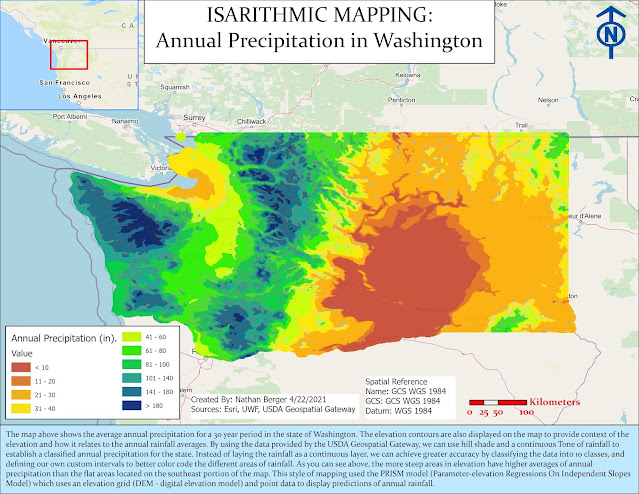Hello everyone! Happy Friday 😎
Today we are going to discuss...
Choropleth Map Making!
Specifically Proportional Symbols &
Graduated symbols
What is a Choropleth Map?
A choropleth map is a thematic map in which areas are shaded or patterned in proportion to the measurement of the statistical variable being displayed on the map, such as population density or per-capita income.
Today we are going to show a population density map of European countries and the amount of wine they consumer based on liters per capita. This is a great example of a Choropleth map in relation to the way we visualize data gradually over a geographic area.
What projection did I use?
Why?
This conical coordinate system is great for areas or counties that expand east and west rather than north and south. For this map, that projection makes sense when distributing the data. Our data of population density is countries across multiple countries and will be mapping density across Europe. Therefore, we need a projection that is accurate for the European area but also conical to stretch across the vast area of countries we need to project our data to.
The map reader can understand that the projection is conical, and is meant for a wide dispersed area. The map reader needs to understand what projection we are using so that they know how accurate our data is positioned. Equal area projections preserve area which is what we are mapping regarding color coding the countries population density in comparison to the size of the countries.
Things to know:
Proportional point symbol map is a type of Thematic map that uses map symbols that vary in size to represent a quantitative variable
Graduated symbols are used to show a quantitative difference between mapped features by varying the size of symbols. Data is classified into ranges, such as numbers or percentages, that are each then assigned a symbol size to represent the range. So a lot of people would be a big circle.Some cool things about my map...
- I used green (5 classes) since the unit is the same unit type for each country. That way the map reader can differentiate between the population density classifications but understand that we are only mapping population density. If I were to pick a divergent color scheme, it might confuse the map reader in thinking that different types of units are being measured. Therefore, I used a convergent color scheme to display my graduated colored countries.
- Natural breaks classify the data by grouping the data values with similar data values, therefore coloring European countries with similar drinking consumption in the same color. This helps differentiate the low drinkers from the heavier drinkers. Equal interval would just do the same increments, but it would not group countries together in the best way to display the data. By using Natural Breaks with 5 classes, we can see light, medium, moderate slightly heavy, and heavy consumption of wine based on liters per capita.
- I chose graduated symbols to display my wine data because the wine consumption to me had a better display. I could classify 5 classes showing an increase from low consumption to high consumption going up gradually from an empty bottle of wine to a bi bottle of wine. I was able to also color the population with light green indicating a low population density to a dark green showing a high population density.
- The wine consumption is based on liters per capita, so it is already taking in a calculation to normalize the distribution. If it was a data value such as total wine bottles consumed, then we would need to normalize it. However, it is already calculated as liters per capita so we can just map the data field as it is.






Comments
Post a Comment